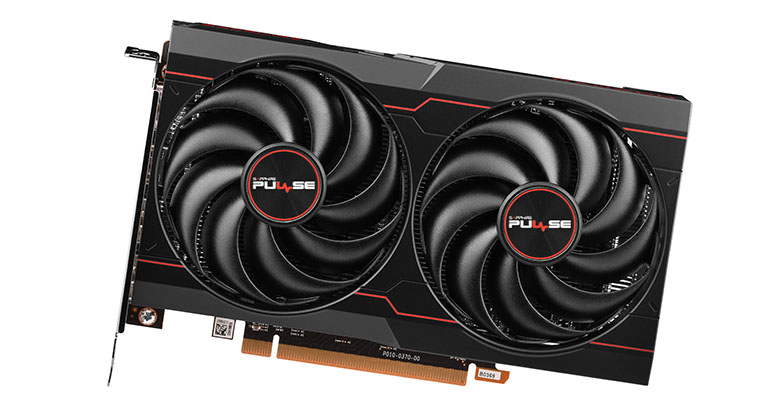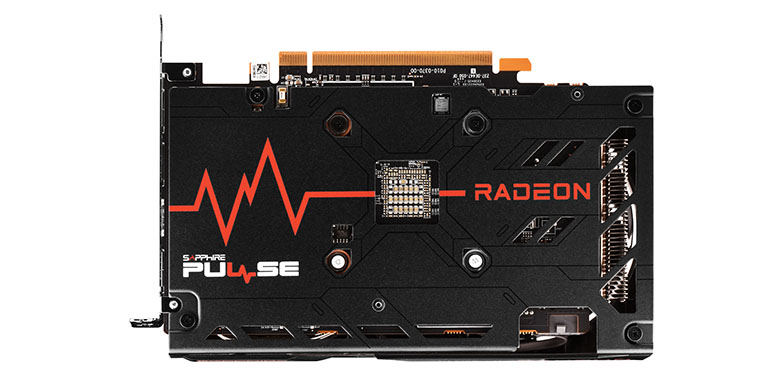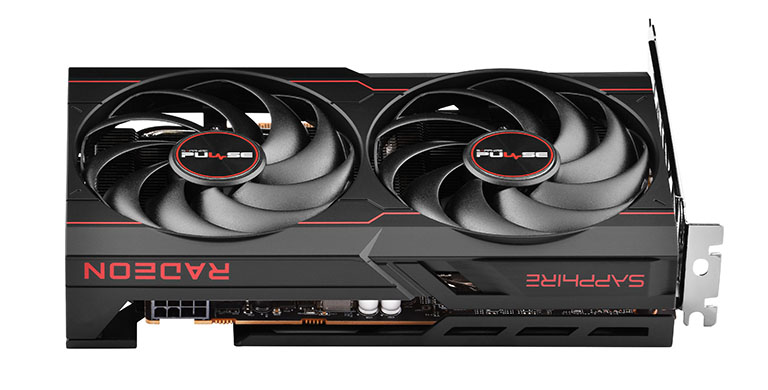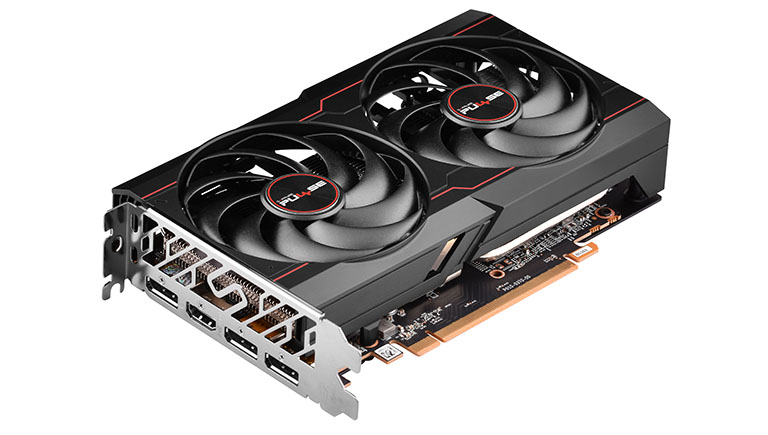Introduction
AMD stalwart Sapphire has simplified its line of PC graphics cards. Gaming enthusiasts looking for the most cost-effective method of purchasing a GPU need to focus on the Pulse line. They are typically characterised by a smaller form factor, lack of RGB, and removal of higher-end features such as dual BIOSes or massive overclocks.
We took at a look at the RX 6600 XT version in August. One would assume the non-XT to use the same board and simply switch out the PCB and GPU. That is not the case as this Pulse is somewhat smaller.
Measuring 193mm long, 120mm wide and 40mm high, this two-slot board is an easy, unobtrusive fit into most chassis. Not quite mini-ITX, you understand, but close nonetheless.
Sapphire is able to use basic cooling artillery as board power is reduced from the XT's 170W to merely 140W in this instance. Pulse toes the AMD reference Radeon RX 6600 line by having a 2,491MHz boost speed and 8GB memory humming along at 14Gbps.
Weight is just 512g, but RX 6600 Pulse feels neither flimsy nor cheap. Sapphire's Intelligent Fan Control (IFC) continues to work well by keeping the two fans idle at temperatures below 55°C. It's difficult to hear them coming on and they're only noticeable once full load has been exerted for a few minutes.
The backplate adds some further rigidity and a bit of class. Subjectively, we'd rather hope for less branding on the back as it can clash with a themed build. A small Sapphire logo would suffice.
It's clear that Sapphire does actually use that mini-ITX board underneath. The extra 20mm is reserved for the larger heatsink that enables some through-the-board cooling on the very left-hand edge.
A single 8-pin connector feels like overkill for a stock-clocked card, though it's no problem as most PSUs have them and it paves the way for overclocking free of wattage worry. AMD actually mandates the connector with respect to specification. In truth, the whole package feels like a high-quality OEM product brought to retail by extra Sapphire graphics and branding. That's no bad thing, mind.
A trio of DisplayPort 1.4 DSC and single HDMI 2.1 are present and correct.
You'd think that having a simplified design ought to aid availability. That's not the case as this Pulse model sold out on day one of release. We have yet to find adequate stock anywhere reputable, so whilst the recommended retail price may be £300, expect to pay a fair bit more for an in-stock model. It's worth stressing this is not peculiar to Sapphire; all manufacturers are suffering from an acute shortage of stock.
On first glance, Sapphire does everything well that's within its control. This is what an entry-level card ought to be built and feel like.













